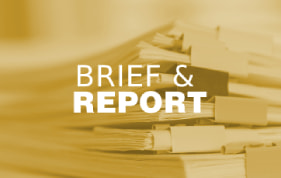HMA and Wakely, an HMA Company, have released an updated Issue Brief to the comprehensive profile of ACA Marketplace enrollees that was based on claims data from nearly 6 million of the 24 million Marketplace enrollees.
The issue brief discusses these key questions:
- Do Marketplace enrollees spend more or less out-of-pocket relative to Medicare, ESI and Medicaid enrollees?
- How may the potential expiration of eAPTCs impact out-of-pocket costs?
- What are some initial considerations regarding overall healthcare affordability?
Please fill out this form to receive a copy of the update and issue brief.
Contact any of the report authors with further questions, or to discuss potential applications of this work for your organization.
